Vertical Luffa Garden: Grow Your Own Loofahs and Save Space!
Have you ever dreamed of having a bountiful garden, bursting with fresh produce, but felt limited by space? I know I have! That’s why I’m so excited to share my passion for vertical gardening, specifically focusing on a truly unique and rewarding project: a Vertical Luffa Garden. This isn’t just about growing your own loofahs; it’s about embracing a sustainable lifestyle, saving precious space, and adding a touch of rustic charm to your outdoor area.
The humble luffa, a climbing vine producing those wonderfully textured bath sponges, has a rich history. Used for centuries in various cultures for cleaning and even as a culinary ingredient (believe it or not!), the luffa plant offers a fascinating blend of practicality and beauty. But finding space to grow these vigorous vines can be a challenge, especially in urban settings or smaller gardens. That’s where the magic of a Vertical Luffa Garden comes in.
Why a Vertical Luffa Garden is Perfect for You
This DIY project isn’t just about aesthetics; it’s about practicality and sustainability. A Vertical Luffa Garden allows you to maximize your growing space, making it ideal for apartments, balconies, or even small backyards. Imagine harvesting your own natural, biodegradable loofahs, reducing your environmental impact and saving money on store-bought alternatives. Plus, the process of growing luffas is incredibly rewarding, offering a connection to nature and a sense of accomplishment. Learning how to create a thriving Vertical Luffa Garden is easier than you think, and I’ll guide you through every step of the way, from choosing the right location to harvesting your amazing, homegrown loofahs.
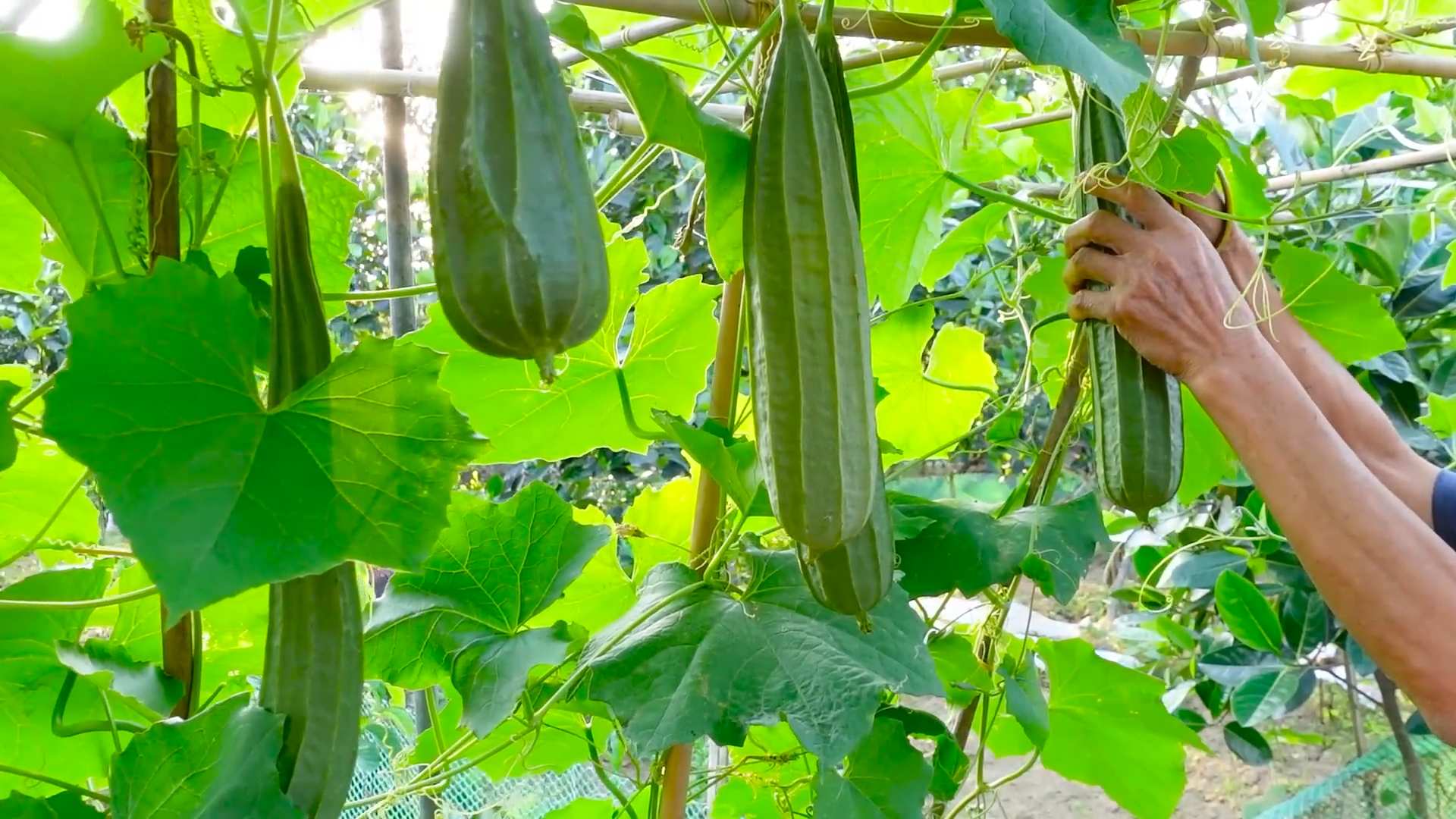
Building Your Vertical Luffa Garden: A Step-by-Step Guide
I love growing my own food, and luffa gourds are not only fun to grow but also incredibly useful once harvested! This vertical luffa garden is perfect for small spaces and maximizes your yield. Let’s get started!
Phase 1: Gathering Your Supplies
- Luffa Gourd Seeds: Choose a variety you like. I recommend getting several seeds per plant, just in case some don’t germinate.
- Large, sturdy planter: A half wine barrel, a large plastic tub, or even a repurposed feed trough will work. Make sure it has drainage holes. The bigger, the better, as luffa vines can get quite long.
- Trellis System: This is the heart of your vertical garden. You have several options:
- A pre-made trellis: These are readily available at garden centers and come in various sizes and materials.
- DIY Trellis: You can build one using bamboo poles, strong twine, or even repurposed wood lattice. Get creative!
- A strong fence or wall: If you have a suitable structure already in place, you can use that as your trellis.
- High-quality potting mix: Luffa gourds need well-draining soil rich in organic matter. Avoid using garden soil directly, as it can compact and hinder growth.
- Gardening gloves: Protect your hands while working with the soil and plants.
- Watering can or hose: For consistent watering.
- Plant markers (optional): To keep track of your plants.
- Zip ties or twine (if building a DIY trellis): To secure the trellis structure.
Phase 2: Preparing Your Planter and Trellis
1. Clean your planter: If using a repurposed container, thoroughly clean it with soap and water to remove any residue. Let it dry completely.
2. Add drainage material (optional): A layer of gravel or broken pottery shards at the bottom of your planter will improve drainage.
3. Fill with potting mix: Fill the planter almost to the top with your high-quality potting mix. Leave a couple of inches of space at the top for watering.
4. Assemble your trellis: If you’re building your own, this is where you’ll put it together. Make sure it’s sturdy enough to support the weight of the growing luffa vines. Secure it firmly within or next to your planter. The trellis should be tall enough to allow the vines to climb several feet. Consider the overall dimensions of your planter and choose a trellis that complements it. For a DIY trellis using bamboo, you might need to dig small holes to secure the base.
5. Position your trellis strategically: Ensure the trellis is positioned to maximize sunlight exposure for your luffa plants.
Phase 3: Planting Your Luffa Gourd Seeds
1. Start seeds indoors (optional): For an earlier harvest, you can start your luffa seeds indoors about 4-6 weeks before the last expected frost. Plant them in small pots filled with the same potting mix.
2. Direct sowing: Alternatively, you can sow the seeds directly into your prepared planter. Plant the seeds about 1 inch deep and 1-2 feet apart.
3. Water gently: After planting, water the soil thoroughly but gently, avoiding disturbing the seeds.
4. Maintain consistent moisture: Keep the soil consistently moist but not waterlogged. Overwatering can lead to root rot.
5. Thinning (if direct sowing): If you direct sowed, once the seedlings have a few true leaves, thin them out to leave only the strongest plants, spaced about 2-3 feet apart.
Phase 4: Caring for Your Vertical Luffa Garden
1. Regular watering: Water deeply and regularly, especially during hot and dry periods. Check the soil moisture regularly by sticking your finger a couple of inches into the soil. Water when the top inch feels dry.
2. Fertilizing: Luffa gourds are heavy feeders. Use a balanced liquid fertilizer every 2-3 weeks, following the instructions on the product label. You can also use compost tea or other organic fertilizers.
3. Training the vines: As the vines grow, gently guide them up the trellis. You can use twine or zip ties to secure them to the trellis structure. This will help them climb efficiently and prevent them from sprawling on the ground.
4. Pest and disease control: Regularly inspect your plants for pests and diseases. Address any issues promptly using appropriate organic pest control methods. Good air circulation can help prevent fungal diseases.
5. Harvesting: Luffa gourds are ready for harvest when they turn yellow and dry. This usually happens in the fall. Cut the gourds from the vine, leaving about 2 inches of stem attached. Allow them to dry completely before removing the outer skin to reveal the luffa sponge inside. This drying process can take several weeks. You can hang them in a well-ventilated area.
Phase 5: Harvesting and Storing Your Luffa Gourds
1. Check for ripeness: The luffa gourds will turn a light yellow-brown color when they are ready for harvest. They will also feel dry and hard to the touch.
2. Harvesting: Carefully cut the gourds from the vine, leaving a small portion of the stem attached.
3. Drying: Hang the harvested luffa gourds in a dry, well-ventilated area for several weeks, or until they are completely dry and brittle. This is crucial for creating the sponge-like texture.
4. Removing the outer skin: Once completely dry, you can easily peel off the outer skin of the luffa gourd, revealing the familiar sponge inside.
5. Cleaning and storing: Rinse the luffa sponges thoroughly and allow them to dry completely before storing them in a cool, dry place. They can be used for various cleaning purposes.
Remember: Patience is key! Luffa gourds take time to grow and mature. Enjoy the process of watching your vertical garden thrive.
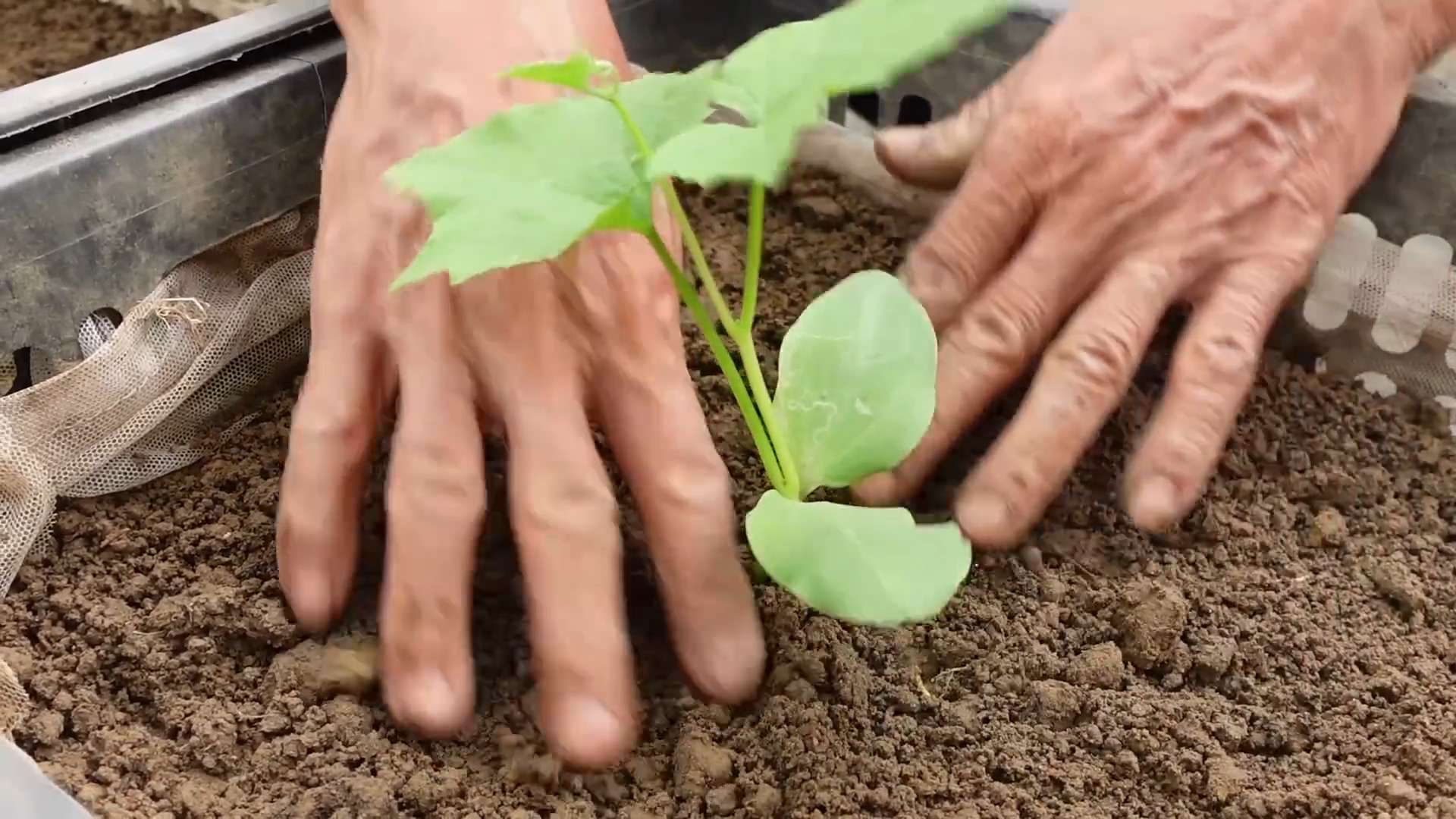
Conclusion
So there you have it – your guide to creating a thriving Vertical Luffa Garden! This DIY project isn’t just about growing your own sustainable sponges; it’s about embracing a more eco-conscious lifestyle, saving money, and experiencing the immense satisfaction of nurturing plants from seed to harvest. The vertical gardening technique maximizes space, making it perfect for apartments, balconies, or even small backyards. The beauty of luffa gourds themselves, transforming from vibrant green vines to mature, ready-to-use sponges, is a rewarding journey in itself. The unique texture and natural absorbency of homemade luffa sponges far surpass anything you can buy in a store, offering a gentle yet effective cleaning solution for your body and home. This method is incredibly simple, requiring minimal tools and readily available materials, making it accessible to gardeners of all skill levels. Don’t let the idea of growing your own sponges intimidate you; it’s easier than you think!
Beyond the core method detailed above, there are numerous ways to personalize your Vertical Luffa Garden. Experiment with different varieties of luffa gourds, each offering unique shapes and sizes. Consider adding companion plants to your vertical setup, such as herbs or climbing flowers, to attract beneficial insects and enhance the overall aesthetic appeal. You can also adapt the structure to suit your available space and creativity. Use reclaimed wood pallets, repurposed ladders, or even sturdy wire mesh to create your vertical garden. Get creative with the design – the possibilities are endless! Perhaps you could even integrate your Vertical Luffa Garden into a larger vertical gardening system, incorporating other vegetables or flowering plants.
We strongly encourage you to embark on this rewarding journey of growing your own luffa sponges. Share your experiences with us! Post pictures of your flourishing Vertical Luffa Garden on social media using #VerticalLuffaGarden and tag us. We’d love to see your creations and hear about your successes (and even your challenges – learning from mistakes is part of the fun!). By embracing this simple yet impactful DIY project, you’re not only contributing to a more sustainable future but also enriching your life with a fulfilling and rewarding gardening experience. The feeling of harvesting your own natural, eco-friendly sponges is truly unparalleled. So, what are you waiting for? Get your seeds, gather your materials, and start growing your own Vertical Luffa Garden today!
Frequently Asked Questions
Q: What type of soil is best for growing luffa gourds?
A: Luffa gourds thrive in well-drained, fertile soil. A mix of potting soil, compost, and perlite provides excellent drainage and aeration. Ensure the soil is rich in organic matter for optimal growth.
Q: How much sunlight do luffa gourds need?
A: Luffa gourds are sun-worshippers! They require at least 6-8 hours of direct sunlight per day to flourish. Choose a location in your garden or on your balcony that receives ample sunlight.
Q: How often should I water my luffa gourds?
A: Water your luffa gourds regularly, keeping the soil consistently moist but not waterlogged. The frequency of watering will depend on your climate and the weather conditions. Check the soil moisture before watering; water deeply when the top inch of soil feels dry.
Q: When are luffa gourds ready to harvest?
A: Luffa gourds are typically ready for harvest in the fall, about 3-4 months after planting. The gourds should be firm and dry, with a light brown or tan color. You’ll know they’re ready when the seeds inside rattle when you shake them.
Q: What are the best ways to dry luffa gourds after harvesting?
A: After harvesting, cut the luffa gourds from the vine, leaving about an inch of stem attached. Allow them to dry completely in a well-ventilated area, away from direct sunlight. This process can take several weeks, depending on the climate and humidity. You can also hang them upside down for faster drying.
Q: Can I grow luffa gourds in containers?
A: Absolutely! Luffa gourds can be successfully grown in large containers, making them ideal for vertical gardening or balcony gardening. Choose containers that are at least 12 inches in diameter and depth to accommodate the plant’s root system.
Q: What should I do if my luffa gourds are not producing fruit?
A: Several factors can affect luffa gourd fruit production, including insufficient sunlight, inadequate watering, poor soil quality, or lack of pollination. Ensure your plants are receiving enough sunlight and water, and consider adding compost or other organic matter to improve soil fertility. If pollination is a concern, you might consider hand-pollinating the flowers.
Q: What are some alternative uses for luffa gourds besides sponges?
A: While primarily known for their use as natural sponges, dried luffa gourds can also be used as natural scrubbers for dishes or even as decorative elements in crafts and home decor. Their unique texture and natural beauty make them versatile additions to various projects.
Q: Are there any pests or diseases that commonly affect luffa gourds?
A: Like many plants, luffa gourds can be susceptible to pests such as aphids, spider mites, and squash bugs. Regularly inspect your plants for signs of infestation and take appropriate measures, such as using insecticidal soap or introducing beneficial insects, to control pests. Fungal diseases can also occur, so ensure good air circulation and avoid overwatering to prevent fungal growth.
Q: Can I save seeds from my harvested luffa gourds to plant next year?
A: Yes! Once your luffa gourds are completely dry, you can easily extract the seeds. Allow the seeds to dry further before storing them in a cool, dry place for planting the following season. This ensures you can continue your Vertical Luffa Garden year after year, saving money and enjoying the fruits (or rather, sponges!) of your labor.

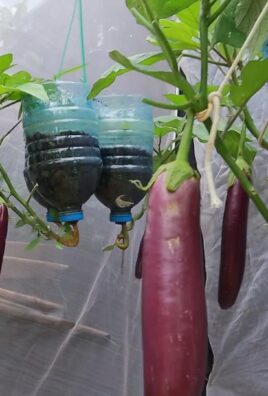
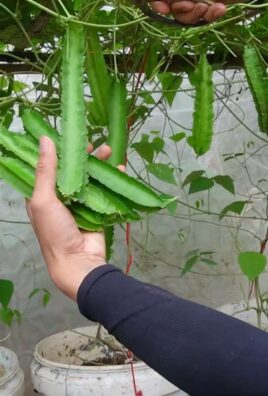
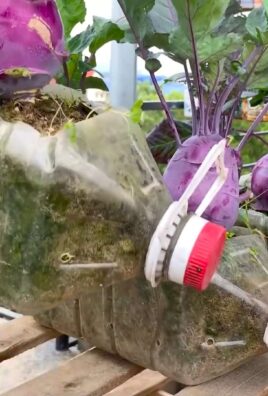
Leave a Comment